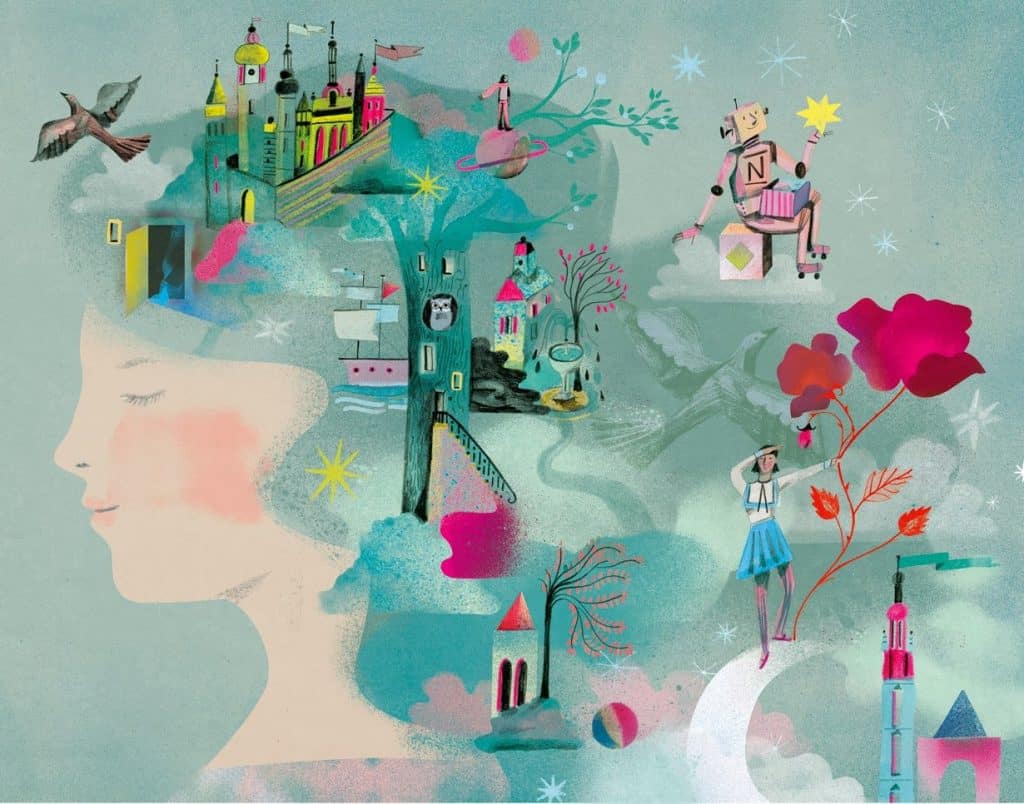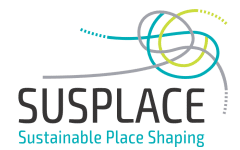
*The Italian version of this blog post was published on November 30, 2017 on the website of Respect Equality
When my colleague Lorena joked about her troubled efforts catching up with nowadays youngsters’ social media, at first I didn´t give it too much of a thought. Her research specifically tries to give a voice to Welsh young people and their perceptions of the new developments in Cardiff Capital Region, including an integrated transport system.
In my current fieldwork on “green care” practices in Finland I hardly get to mingle with such young stakeholders. My research participants are mostly 35+ years old and sometimes elderly people, but certainly not Snapchat and Instagram users. In many instances, their knowledge, experience and crystal sense of humor – characteristics that often come with mature age – have been a great source of inspiration for me. Yet I recently realized that any of the activities I have been performing as a researcher on a daily basis over the past few years, hardly ever involves participants under the age of 20. And although there are ethical reasons to it, it feels paradoxical in some ways.
Sustainability for whom?
We, or at least I, question over and over ideas and practices around sustainability, change and future visions. In other words, I constantly – consciously or unconsciously – try to shape a story of the world I wish “my” children (biological or not) to live in and take care of. Sustainability can and should be pursued here and today, but without any long-term prospects, we are positively doomed. Thus ensuring younger generations the possibility to air their concerns, aspirations and dreams, while providing them with the intellectual and emotional tools to grasp sustainability, is vital[1].
The challenge
A couple of months ago, I was asked to engage in a workshop with a group of teenagers focusing on the gender perspective of climate change and environmental issues[2]. This young audience, between 16 and 18 years old, is volunteering for a small-scale project[3] in Northern Italy, based on peer education on active citizenship.
Discussing gender & sustainability is something hardly done outside of academia and not-for-profit circles. And even in those avenues, it is still a very marginal issue. This means that the general public understanding of the issues that revolve around this debate (e.g. gender-specific vulnerability to climate change) is pretty basic, if not inexistent.
Thus plenty of questions surfaced in my head when trying to structure the workshop. The most pressing ones were: how do I talk to them[4]? Using what language? What do I prioritize? Last time I tried to explain what sustainability is to my 8 years old niece, I failed miserably. Not the same age range, I know, but still, such a youth audience is an uncharted territory for me…[5]
Storytelling and embodied knowledge: a trial
So here is when some of the valuable insights gained from SUSPLACE trainings over the past year and a half, come to precious help! Especially facilitation techniques, coupled with personal hints from the inescapable introspective journey that a full-time PhD entails.
For the first time alone in this new setting, away from “safe” academic conferences and university circles, I will propose some of the somatic exercises and “energizers” we have experimented amongst our group of ESRs. And most of all, I will use storytelling (or at least an exploratory attempt to it), instead of a classic frontal lecture style. With this approach, I hope that concepts and critical understandings of reality will become, even if only partially, embodied “felt” matter, rather than just alienated knowledge.
The stories I will tell to them resonate with ideals of social justice and change agency, concepts deeply intertwined with transformative sustainability, and thus something we often question within SUSPLACE.
So, bottom line, here I am, almost about to engage with these possible Snapchat and Instagram users, and navigating sustainability with them! And to be honest with you, it feels pretty scary.
P.S. The workshop will be held just a couple of days before Christmas, so stay tuned for the future developments of this little exciting adventure!
[1] See for example UNESCO. 1997. “Educating for a sustainable future. A transdisciplinary vision for a concerted action.” Working paper.
[2] To learn more of my research in this field, see for example:
Moriggi A. 2017. “Investigating the gender inequality and climate change nexus in China” in Buckingham S., Le Masson V. (ed.), Understanding climate change through gender relations, pp. 157-173. London and New York: Routledge; Moriggi A. 2017. “Chinese women at the forefront of environmental activism: Wang Yongchen, Liao Xiaoyi and Tian Guirong”. Deportate, Esuli e Profughe, vol. 35, pp. 206-227.
[3] The project has been designed and implemented by Associazione Belluno Donna (with the support of ULSS no.1 Dolomiti Distretto di Feltre) a local grassroots organization committed to gender equality for several years.
[4] An interesting read is Ponting C. A . 2011. “Sustaining the extra-curricular: Communicating sustainability research to children” in Franklyn A. and Blyton (eds.) Researching sustainability. A guide to social science methods, practice and engagement. London: Routledge.
[5] In November 2017, I prepared a video presentation on climate justice that was broadcasted in two high-schools of Belluno area for the project “Scuole in Rete”, but I was not able to interact with the students in person or virtually.
